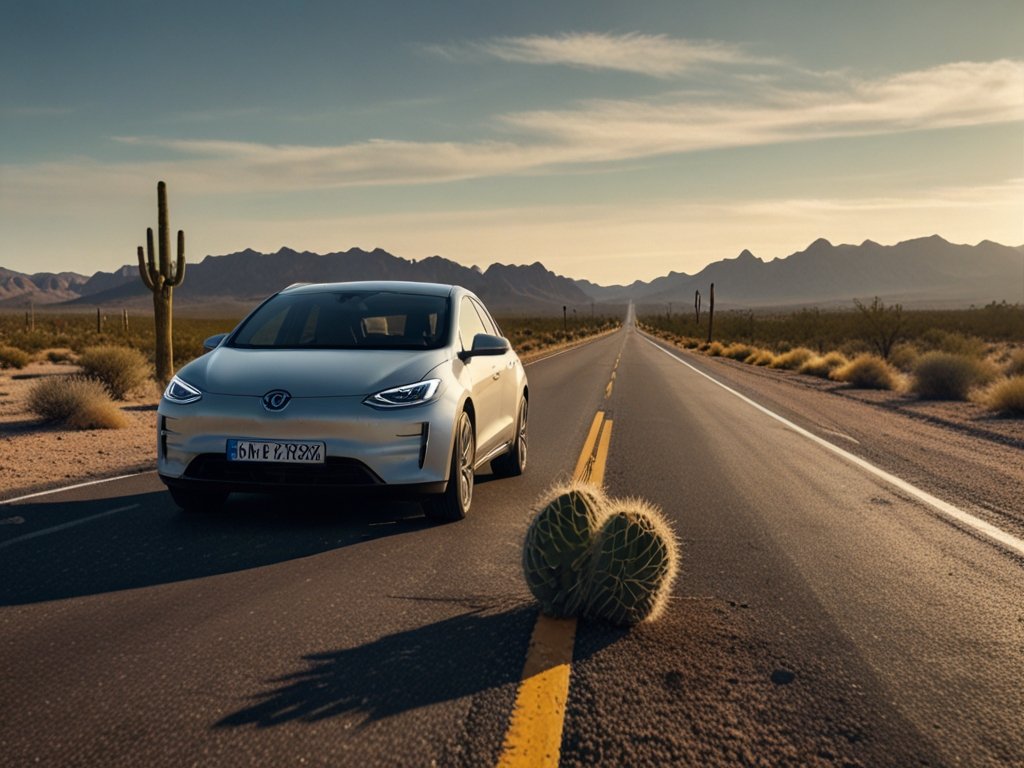Electric cars are becoming increasingly popular due to their energy efficiency and reduced environmental impact. But do you really know how an electric car motor works? In this comprehensive guide, we’ll break it all down for you!
🔋 What is an Electric Car Motor?
An electric car motor is responsible for converting electrical energy into mechanical motion to drive the vehicle’s wheels. Unlike traditional combustion engines, it doesn’t rely on petrol or diesel, making it more sustainable and efficient.
✅ Step-by-Step: How It Works
1️⃣ Pressing the accelerator: The controller receives a signal, determining how much power is needed.
2️⃣ Power regulation: The controller adjusts the amount of electricity sent from the battery to the motor.
3️⃣ Torque generation: The motor converts this electrical energy into rotational force via electromagnetism.
4️⃣ Wheel movement: The generated torque is transferred to the wheels, propelling the vehicle forward.
⚙️ Key Components of an Electric Motor
To truly understand how an electric car motor works, let’s explore its main components:
🔋 Battery
Stores the electrical energy needed to power the motor. Lithium-ion batteries are the most common due to their high efficiency and long lifespan.
⚡ Electric Motor
Converts electrical energy into movement. It can be:
- Alternating Current (AC) Motor – widely used due to its higher efficiency.
- Direct Current (DC) Motor – less common in modern electric vehicles.
🎛️ Power Controller
Regulates energy flow between the battery and the motor, controlling acceleration and speed.
🔄 Inverter & Rectifier
- The inverter transforms DC power from the battery into AC power for the motor.
- The rectifier does the reverse, converting AC into DC to recharge the battery.
🔁 Transmission
Unlike combustion engine cars, electric vehicles usually have just one gear, making driving smoother and more straightforward.
🚘 Electric vs Hybrid Cars: What’s the Difference?
Many people confuse electric and hybrid cars. Here’s a simple breakdown:
⚡ Electric Car
✔️ 100% powered by electricity – no petrol or diesel.
✔️ Higher range per charge (300–400 km, depending on the model).
✔️ Needs to be plugged in to charge.
✔️ Zero emissions, making it the more sustainable option.
🔄 Hybrid Car
✔️ Uses both a combustion engine and an electric motor.
✔️ Can run short distances on electric power but relies on petrol/diesel for longer trips.
✔️ Recharges its battery automatically through regenerative braking.
✔️ Produces lower CO₂ emissions than petrol-only cars but isn’t fully eco-friendly.
🛑 What is Regenerative Braking?
Both electric and hybrid cars feature a technology called regenerative braking, which recovers energy during deceleration.
🔹 When you apply the brakes or take your foot off the accelerator, the motor acts as a generator, converting the car’s kinetic energy into electricity. This energy is then stored back in the battery, increasing efficiency and extending driving range.
🔌 How Do Electric Motors Use Electrical Current?
Electric motors operate using two types of electrical current:
- Direct Current (DC): A steady flow of electricity in a single direction.
- Alternating Current (AC): A reversing flow of electricity, making it more efficient for high-performance motors.
🚀 Conclusion: The Future of Electric Mobility
Electric motors are transforming the automotive industry, offering a cleaner and more energy-efficient alternative to traditional combustion engines. With advancing technology and increasing driving ranges, electric mobility is becoming more practical and accessible.
🔋 Want to stay updated on the latest innovations in automotive technology? Keep following our blog for more insights! 🚗💨

